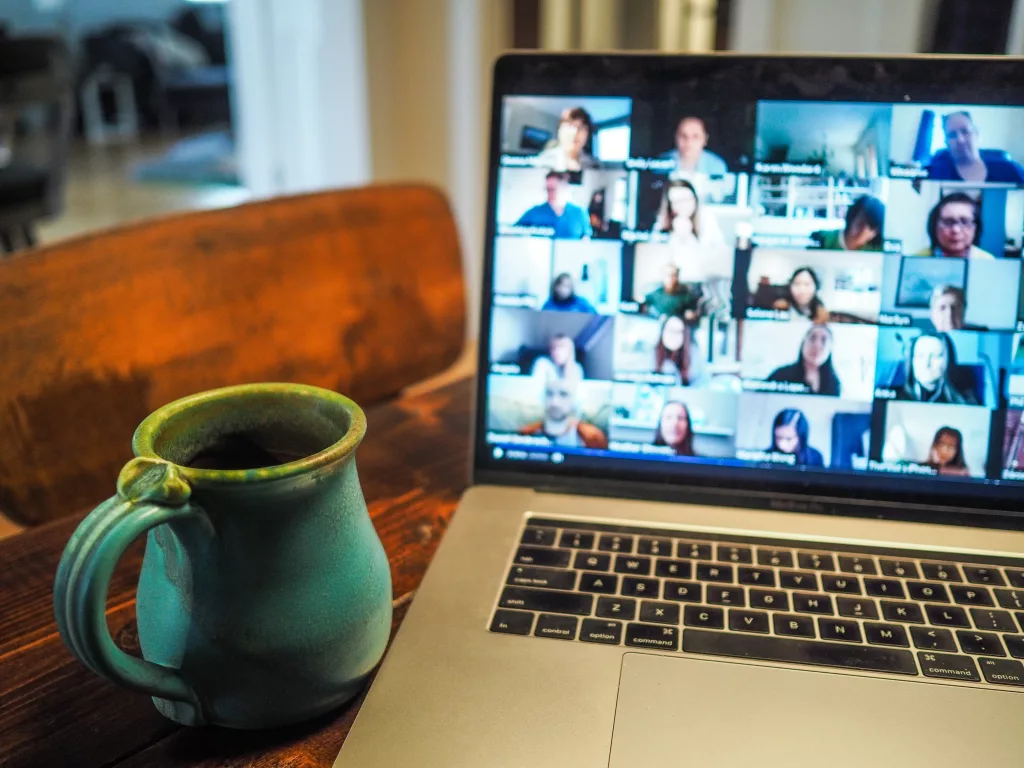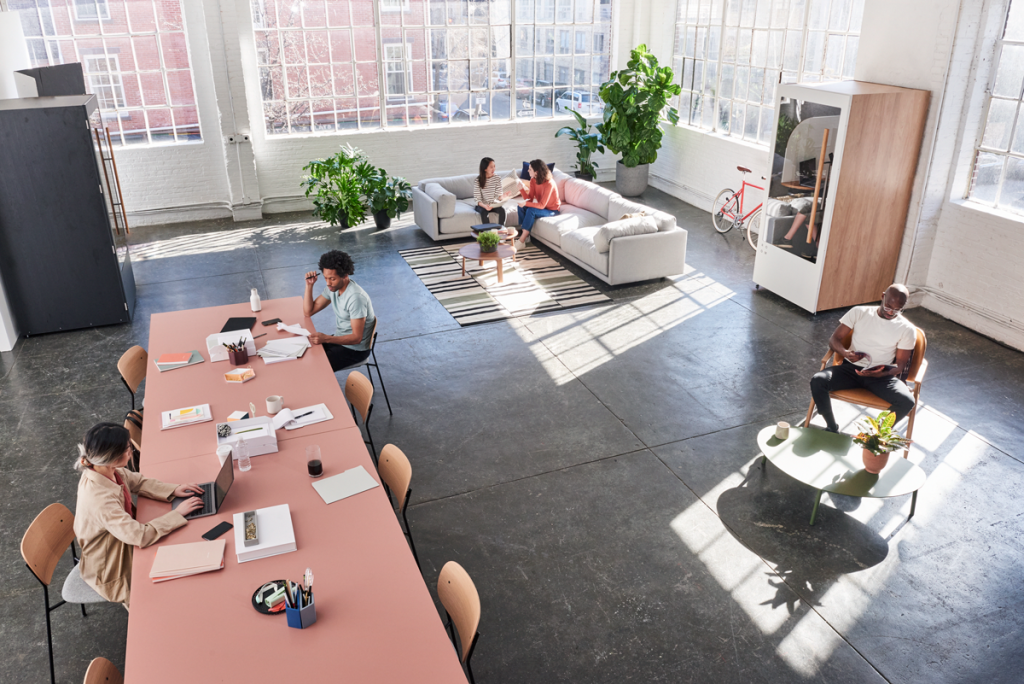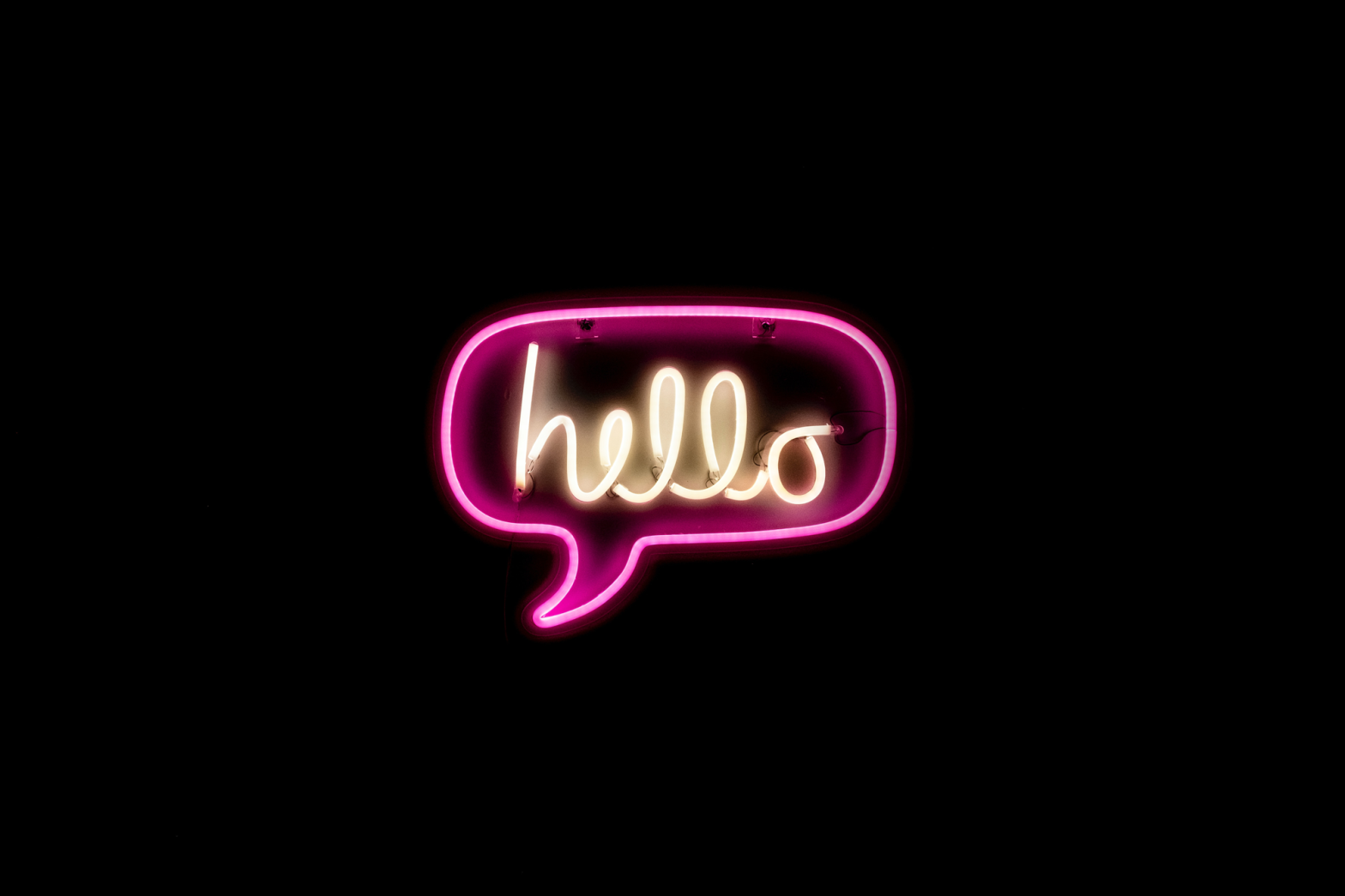Our attention span is shrinking. That’s hurting the workplace—and our own wellbeing. Here’s how to fix it.
We live in a culture of distraction.
We’re tethered to computers and smartphones that deliver endless notifications, emails and an onslaught of fast-moving information. All of it can make it feel impossible to focus for any significant length of time. Hybrid work may have added to our distraction, whether it’s the laundry piled up outside your office, the dog barking at the mailman or the back-to-back Zoom calls that lead to fatigue, distraction and a tendency to multitask.
As a result, our attention span is quickly shrinking. We spend an average of 47 seconds on any screen before shifting our attention—down from 2.5 minutes in 2004, according to research by psychologist Gloria Mark, who studies attention as chancellor’s professor of informatics at the University of California, Irvine. Mark’s research found that it can take 25 minutes to bring our attention back to a task after an interruption.
“It seems to be the new normal, and it’s not necessarily a good thing,” Mark says.
The reason? The more distracted we are, the more we switch between tasks. The faster we switch between tasks, the higher the stress—and performance suffers. “Everytime you turn to a new task you have to reorient to the new task,” says Mark, who is also the author of Attention Span: A Groundbreaking Way to Restore Happiness.
And as a society, we’re incredibly stressed. A third of employees last year said that they were the most stressed they’d been in their lives, while 79% said they felt distracted on a typical working day, according to a 2022 1Password report.
When we’re distracted, we’re often disengaged with what we’re doing. And that’s a problem at work: just 32% of people are engaged at work, and a full 18% are actively disengaged. Disengagement can lead to lack of motivation, increased absenteeism, increased burnout, decreased productivity—and an increased likelihood that your employees will quit. Not surprising: productivity is falling faster than any other time in four decades.

Hybrid work complicates things. At home, it’s the pile of dirty laundry or the barking dog that can distract, or at the office, those Slack notifications that pop up in the endless Zoom meetings. When you were in the office together, you might visually note a good time to talk to your colleague. But when you’re remote, we send interruptions to each other all day long, says Mark.

Chris Montgomery, Unsplash.
How exactly do we change our behavior—and as a result, improve our happiness, satisfaction, balance and wellbeing?
First, recognize that our attention span also ebbs and flows over the course of a day along with our mental resources. Often, focused attention tends to be late morning and then mid- to late afternoon, about 2 p.m., Mark says. “You’ll have peaks and valleys,” she says.
She recommends preserving challenging work that requires skill for the peaks and busy-work like email for the valleys. Some switching of tasks is good. After a long period of concentration, your brain may need to take a break or performance suffers.
Some people use productivity hacks to manage their attention, such as Internet blockers that prevent mindless social media and Internet browsing, and the Pomodoro technique, which involves setting a timer and working straight for 25 minutes, followed by a five-minute break.
Whether they work depends on your personality. A study by Mark’s team found Internet blockers don’t work if you already have good self regulation skills, high conscientiousness, and less impulsiveness. These people are great at taking breaks and jumping right back into work, but when they were blocked from those mini online breaks, they got burned out. Mark says the 25-minute cycle of the Pomodoro technique, while some people swear by it, doesn’t really match our natural ebb and flow of mental resources.
“It’s much more important that people become self aware of their own level of energy and the amount of attentional resources they have available, and take breaks according to what their own levels are,” says Mark.
Organizations can help their workforce stay focused by creating designated quiet spaces in the office for focused work, such as phone booths, or special furniture that blocks sound. Some companies are relying on soundscaping that uses ceiling structures, special wall panels and thick carpet to dampen noise. Two-thirds of office workers said they were concerned noisy coworkers would break their concentration, according to a 2022 survey by HR Magazine.

Some companies have created company-wide rules that prohibit people from sending email, text, Slack and other notifications during certain days or times of day. If there are no new messages to see, then people will be less likely to check for them, says Mark. Her research found the average person checks their email 77 times a day. France, Ireland and Ontario have even passed laws that prevent workers from being penalized if they do not answer communications during non-work hours. (A similar “right to disconnect” measure failed in New York City.)
Unplugging entirely may not be the answer, especially if you’re a knowledge worker, says author Nir Eyal in an interview with Dropbox. “You’re cutting yourself off from important core communications.”
Eyal wrote Indistractable: How to Control Your Attention and Choose Your Life, after trying to control his own distractions. He tried a 30-day digital detox and got a flip phone, eliminated all apps and social media.
But it didn’t work. He found other ways to distract himself, whether it was taking out the garbage or reading a book. He argues that finding the root cause of your distraction is key.

“We have to go a layer deeper to answer the question: why do we get distracted?” he says. “In fact, we actually have to go one layer deeper again and ask, why do we do anything? And it turns out that all behavior is prompted by the desire to escape discomfort.”
Mark suggests people try something called “meta awareness,” which is being aware of what you’re doing on a screen while you’re doing it. Maybe it’s reaching for your phone when you see it or switching screens to check social media.
“There are so many things we do that are just automatic and unconscious,” Mark says. “So we can learn to probe ourselves and recognize when we have these urges.”
That ultimately can help us stay present in our work and reflect on why we have those urges. For Mark, it’s usually because she is tired, bored or procrastinating.
Mark also suggests starting the day by asking yourself what you want to do that day and how you want to feel. In a joint study with Microsoft Research, Mark found that those two questions helped people stay on track during the day. Otherwise, goals may move in and out of our brain throughout the day.
Research also shows that mindfulness, getting good sleep and getting into nature can have a big effect on your attention span and concentration. Just getting outside, taking a walk or a break to pull weeds or watch a river can calm your prefrontal cortex, which helps with focus.
The good news: more people are paying attention to the fact that they have no attention. Company leaders, challenged to lift up a stressed out, unwell workforce, have a big incentive to foster change in that regard. Now, all it takes is staying focused.
